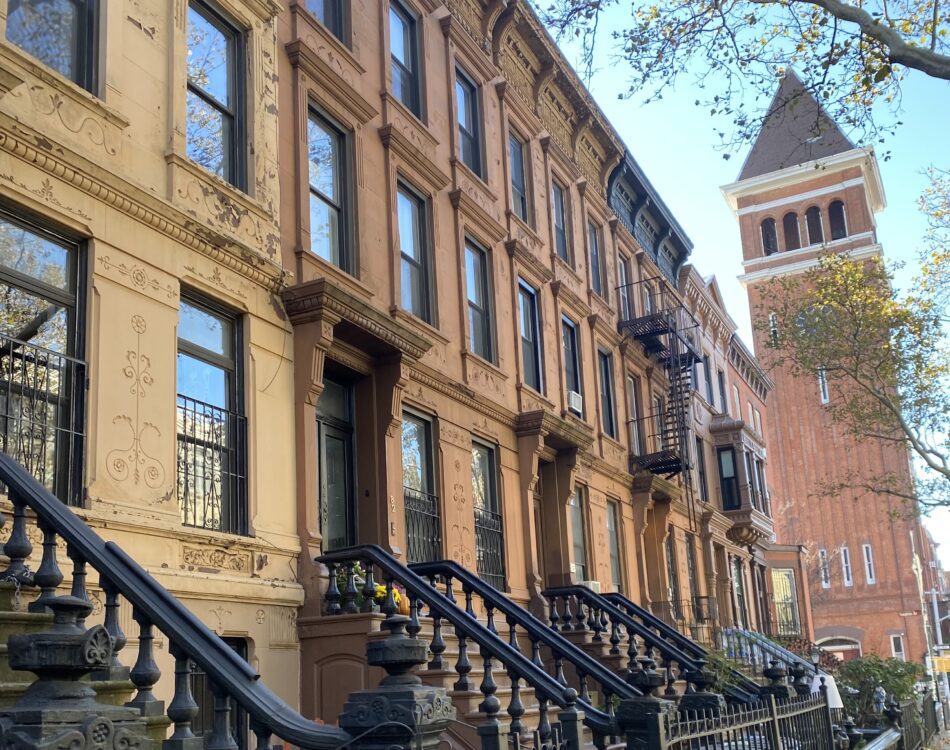Paul Graziano, who hails from Flushing, Queens, has lived in the neighborhood all his life. He lives in a low density, single family community, a stark contrast to the well-known, high density downtown Flushing, which is built up with many 15 to 20 story buildings.
Graziano is an independent city planner who has written zoning for communities all over New York and surrounding states such as Connecticut, New Jersey and Massachusetts. He’s consulted in Europe and on the west coast. He even wrote the zoning for his own neighborhood 20 years ago.
But a lot of his work in New York City is getting overturned by the “City of Yes.”
The “City of Yes” (COY) initiative, created by mayor Eric Adams and his administration, was acclaimed as a groundbreaking move to integrate regulations and foster innovation in New York. Many people in the city do not see it as beneficial to the area. Graziano refers to the initiative as a threat.
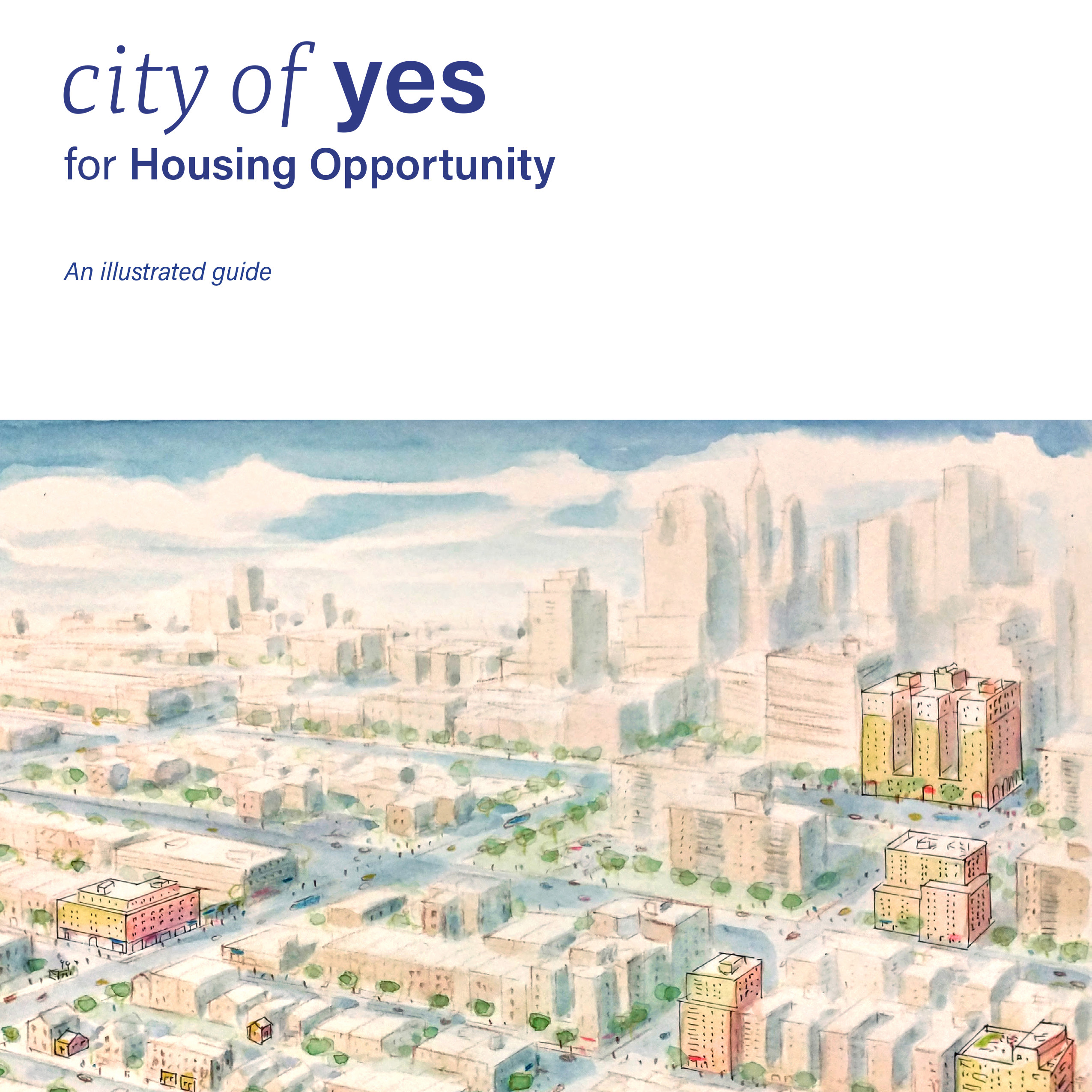
The City of Yes initiative impacts all of NYC, including low density areas.
“This reverses everything we, not just me but the communities themselves, did over a twenty-five plus year period,” said Graziano. “It reverses everything we did for our communities.”
Added Graziano, “The City of Yes is apocalyptic for communities throughout the city. It’s an existential threat that must be stopped.”
The COY initiative was designed to accelerate construction, simplify zoning laws and encourage development. More specifically, the City of Yes housing opportunity, which is a major component of the initiative’s goal is to provide “a little more housing in every neighborhood.”
Eugene Falik, a board member of the Bayswater Civic Association, says they are trying to bring “a little more Manhattan to every neighborhood.”
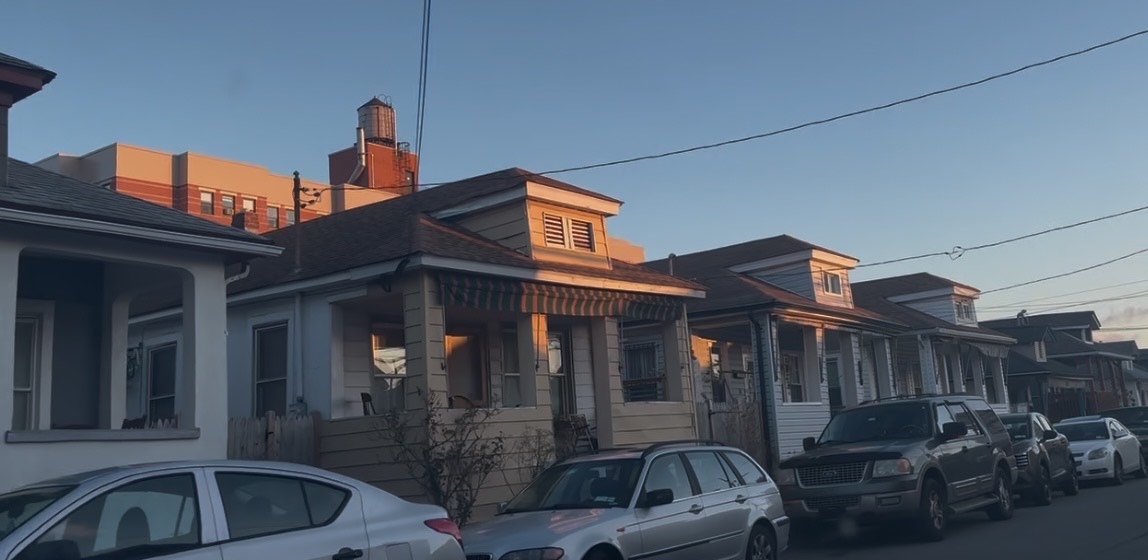
Beachside Bungalow community in Far Rockaway. (Photo by Chloe-Ryan Woolfolk.)
As a result of the initiative being passed and approved by the city council, Graziano and other community members are filing a lawsuit to overturn the COY. Graziano says this initiative will be “really bad” for low density areas, as it targets ones like Far Rockaway.
Graziano designed the rezonings that were adopted in Far Rockaway in the 2000s. His support for this community goes beyond his work.
“I’m not just a guy who works there [in Far Rockaway], but I’ve been deeply involved in these things,” said Graziano. “As an advocate since 1993 and as a professional since 1997. So I’ve been doing it professionally for 27 years.”
Falik is also passionate about his community, the Far Rockaway area, so much so he has been nicknamed a “professional agitator” for his devotion to his community and will to resolve problems.
City Councilwoman Selvena Brooks-Powers conducted a Zoom meeting with the community to speak on the “modified version of City of Yes” she voted yes for in terms of District 31, which covers Far Rockaway and other nearby communities.
In the meeting, Brooks-Powers addressed the modifications of the initiative while comparing the original plan to the new reductions for its components such as the height of buildings, obstruction of yards and lots. She also addressed concerns about knocking down homes.
“It does not allow someone to come and buy up the block and say I’m going to now come and build these buildings, because it would still require zoning changes that would have to go through the regular process,” said Brooks-Powers.
She also mentioned job opportunities being available and housing affordability with a five billion dollar agreement from the administration.
“Basically she said that this was the best she could do,” Falik said about the meeting with Brooks-Powers. “She could have voted against the original thing. She also could have introduced a bill but she chose not to, so I’m less sympathetic to her than she would like, although I understand her position.”
Falik believes she fought hard, but thinks that if all the councilmen and women whose districts were against it really pushed, they could have prevented it.
Graziano agrees with Falik. He said that regardless of what communities wanted, the City Council voted yes, against the communities’ wishes. He also said these modifications don’t reduce anything.
“Instead of being killed by six bullets, you’ve been killed by five,” Graziano said.
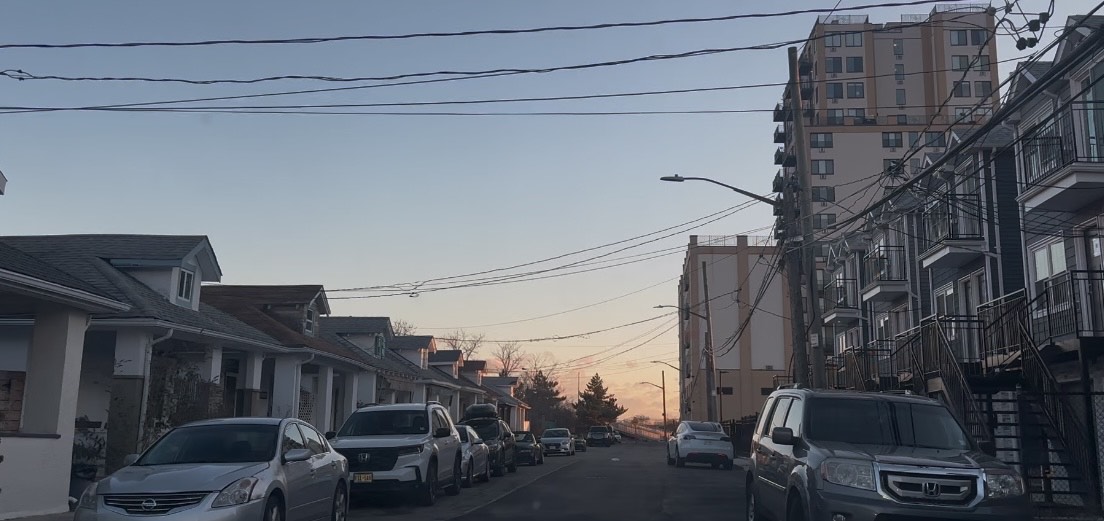
Beachside Bungalow community in Far Rockaway. (Photo by Chloe-Ryan Woolfolk.)
Graziano added that Brooks-Powers-approved modifications are nonsense.
“We did not have a housing crisis in New York City, we had an affordability crisis and the City of Yes doesn’t address affordability, ” Graziano claimed.
Graziano said that the five billion dollar agreement was simply a “wishlist” to get people to vote yes on the agreement. But then mentions the money is a budget line, not guaranteed money.
“If we go into a budget crisis it can be removed tomorrow,” Graziano says.
Graziano claimed that a large part of why COY is a threat is because the Adams administration did not use facts and research. Instead, he insisted, they utilized theories.
“What the Department of City Planning did for the first time in history was instead of doing a data driven push for a particular agenda, they came up with a fake report and fake data points,” Graziano said. “That’s why we’re going to court.”
The NYC government site shares information about COY and its impact, but Graziano says that it is false.
Graziano decided to study and research the impacts of COY in terms of apartment units that could be built under the initiative. He found that the outcome is much more units than what COY reports.
“The actual number of units that could be developed by this is staggering, exponential,” Graziano said.
Graziano said the number of units are kept low in the report because there is an Environmental Impact Statement process (EIS). According to state law, also known as the State Environment Quality Review Act (SEQR), rezoning requires that the economic and environmental impacts be shown.
“If they showed the actual numbers, it would trip the threshold of the Environmental Impact Statement and what would happen is that they wouldn’t be able to proceed or have mitigation,” Graziano said.
Graziano said that COY’s Environmental Impact Statement did not align with the outcome.
“They purposely did not show data, the reality of the situation versus the propaganda” said Graziano.
Graziano also argued that COY’s goal is to “Deregulate land use in the city of New York.”
“It’s being done on a phony premise,” he continued. “That’s why we’re going to court, to overturn this because it’s beyond outrageous, it’s bad for the communities, for the environment, and the city as a whole.”
Graziano and community members have raised over $70,000 for the lawsuit against the city. He is prepared to present his research and defend his and other communities in New York from being reversed.
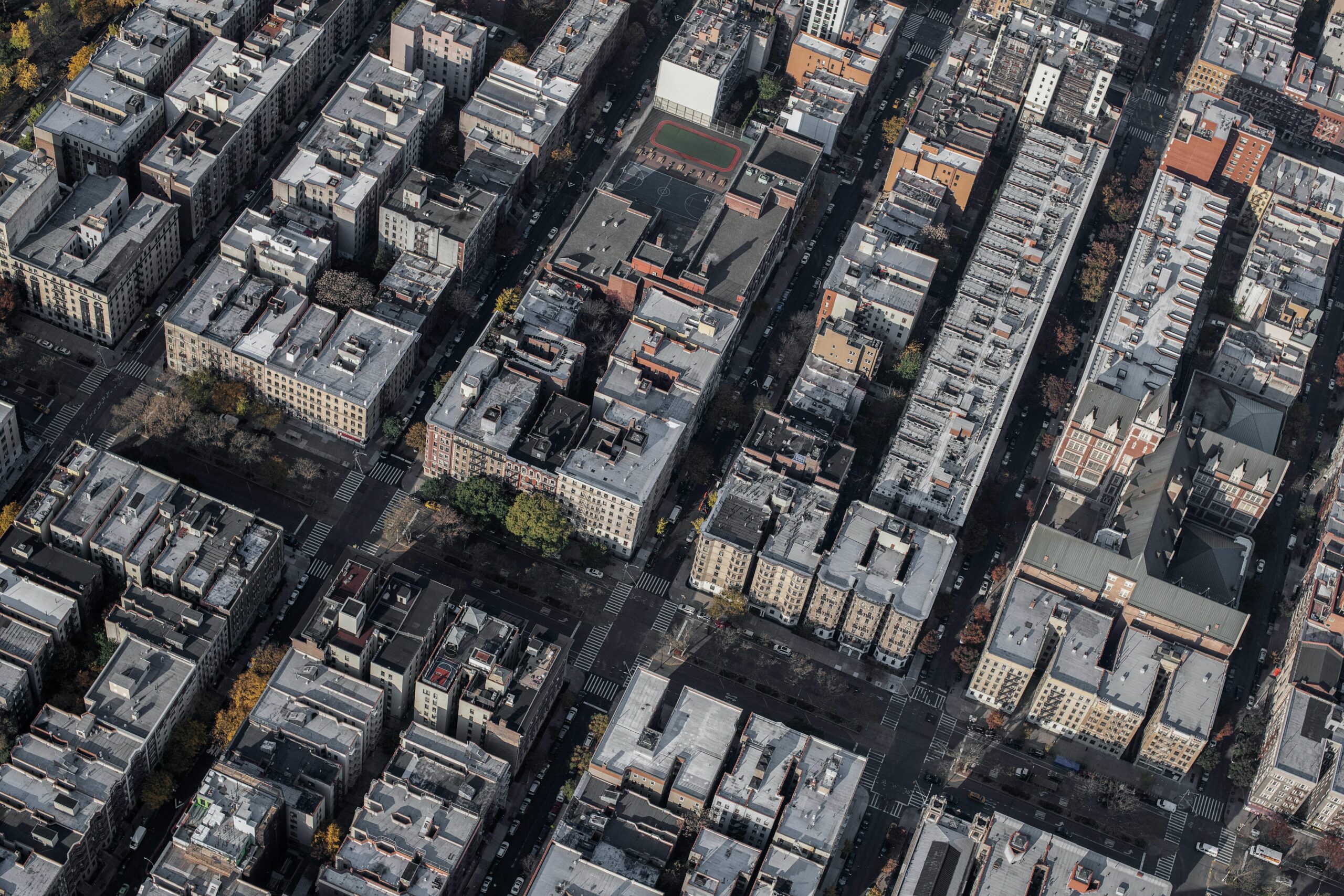
(Photo courtesy of Mineia Martins / PEXELS.)
